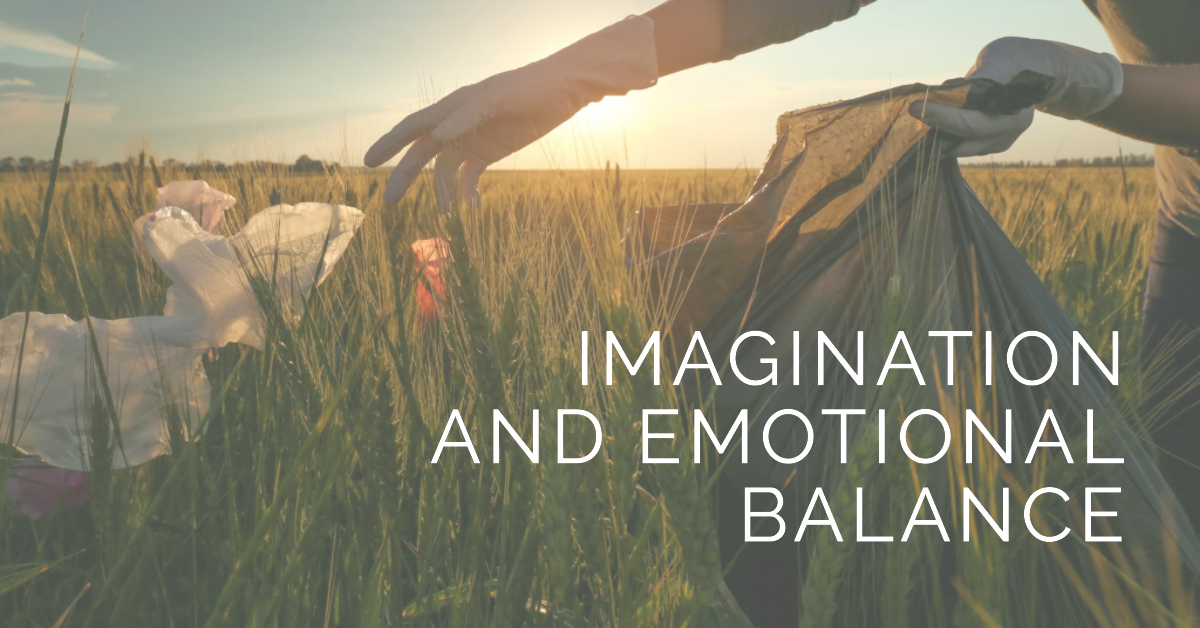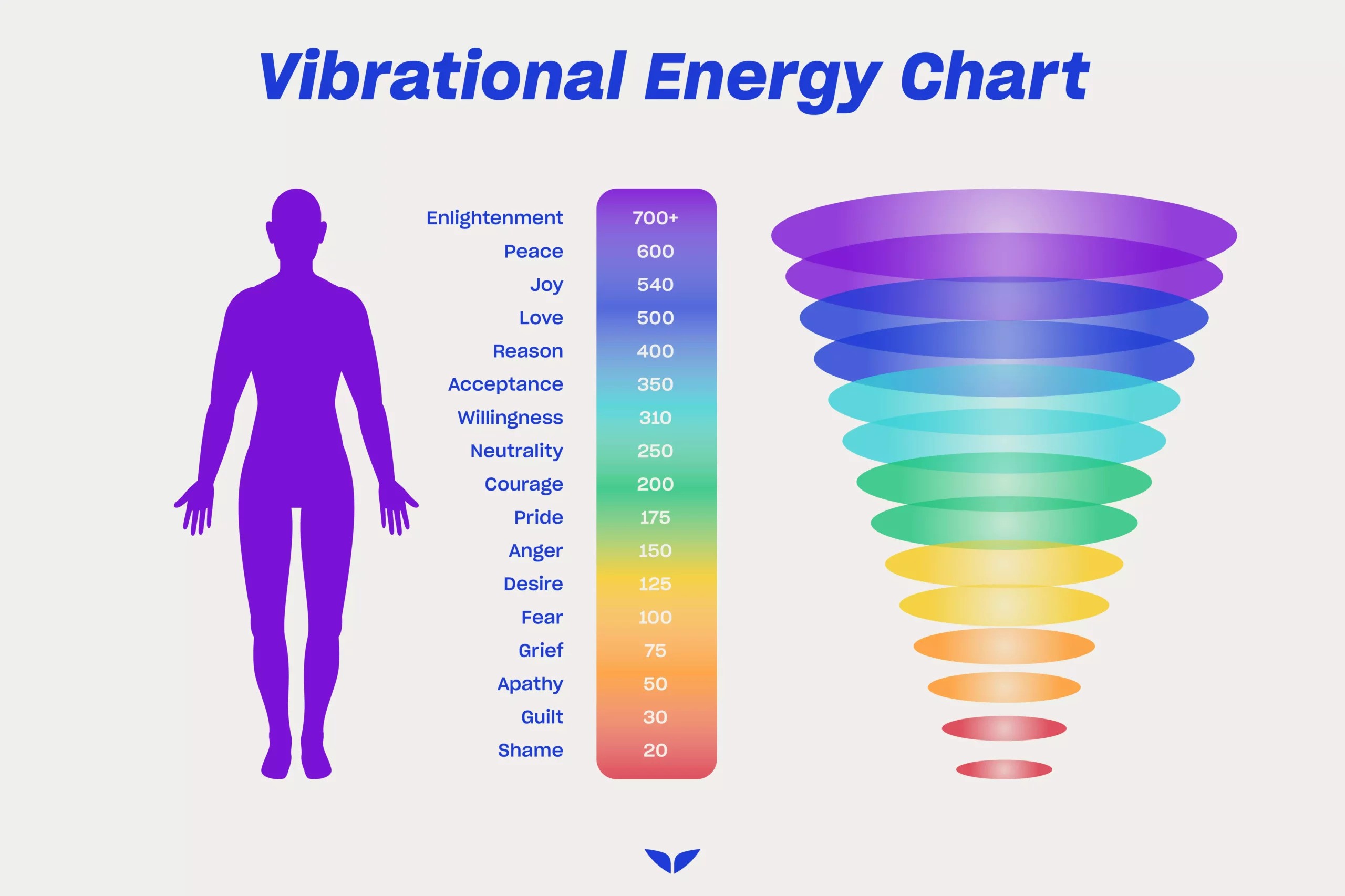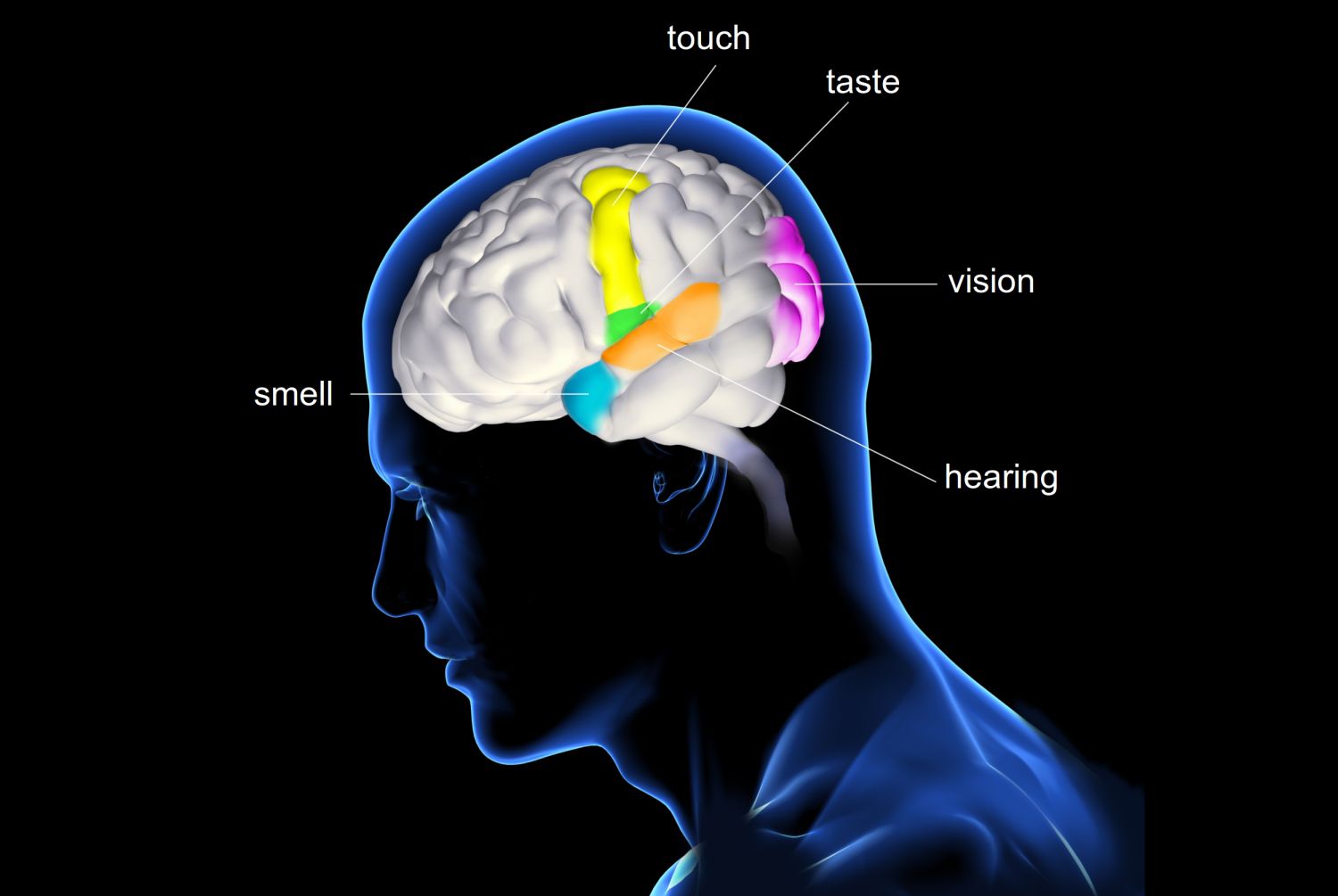The Connection Between Imagination and Emotional Wellbeing
When was the last time you used your imagination? Was it when you were a child, playing with dolls or action figures, building forts or castles out of blankets and pillows? As adults, we often forget the power and importance of imagination. We focus on logic, rationality, and productivity, leaving little room for creative thinking and fantasy. But the truth is, imagination plays a crucial role in our emotional well-being.
It allows us to explore our thoughts and feelings, uncover hidden desires and fears, and connect with others on a deeper level. By harnessing the power of our imagination, we can improve our mental health, reduce stress and anxiety, and enhance our overall quality of life.
In this blog, we'll explore the various types of imagination, how it works in the brain, and its importance in fostering creativity, empathy, and problem-solving skills. We'll also dive into the link between imagination and emotional wellbeing, and the many ways in which we can use our imagination to improve our mental health. So sit back, relax, and let your imagination run wild!
What is Imagination?

Imagination is an incredibly powerful tool that we all possess, yet we often take it for granted. It allows us to create worlds and ideas that don't exist in reality, shaping our perceptions of ourselves and the world around us. Imagination is much more than just child's play; in fact, it plays a critical role in our emotional well-being. This blog will explore the power of imagination for enhancing emotional well-being, including its definition, types, and how it works in the brain.
What is Imagination? Imagination is the ability to create mental images or ideas that are not present in our immediate surroundings. It's a cognitive process that involves enhancing our senses, emotions, experiences, and knowledge to form new mental representations. There are many types of imagination, including sensory imagination, creative imagination, and social imagination. Sensory imagination involves creating mental images of what we see, hear, taste, smell, and feel. Creative imagination involves generating original ideas, while social imagination involves putting ourselves in other people's shoes.
How does imagination work in the brain? The brain has a complex neural network that is responsible for imagination. Certain regions of the brain, such as the frontal, parietal, and temporal lobes, work together to create mental images and ideas. When we engage in imaginative tasks, such as daydreaming or creative problem-solving, various regions in our brains light up, indicating increased blood flow and neural activity.
Over time, these neural pathways become stronger, making it easier for us to imagine and create. Imagination is not just for artists and creatives. It's a vital tool for everyone, and it has numerous benefits for our emotional well-being. In the next section, we'll explore why imagination is so important and how it can benefit us in various ways.
The Importance of Imagination
Imagination is often associated with daydreaming and flights of fancy, but it is much more than that. It is the ability to form mental images or concepts that are not present in one's immediate surroundings or that have never been experienced before.
Imagination is one of the most powerful tools we possess, and its importance cannot be overstated. One of the key benefits of imagination is that it helps to develop creativity and problem-solving skills. When we use our imagination, we are able to think outside the box and come up with unique solutions to problems. This can be particularly useful in the workplace, where creativity is often prized. By encouraging our imagination, we become more flexible and adaptable, which can help us to navigate tricky situations more effectively. Imagination is also important for boosting emotional well-being and reducing stress. When we use our imagination to create positive mental images, we can induce a state of relaxation and calm. This can be particularly useful when dealing with anxiety or depression.
By visualizing positive outcomes, we can begin to reframe our thoughts and develop a more positive outlook on life. Another benefit of imagination is that it can foster empathy and improve social skills. When we use our imagination to put ourselves in another person's shoes, we develop a greater understanding of their perspective. This can be particularly useful in situations where we need to negotiate or compromise with others.
By developing our empathy, we can become better communicators, which can lead to stronger relationships with those around us. Overall, imagination is an incredibly powerful tool for enhancing our emotional well-being and improving our lives in a variety of ways. By developing our imaginative abilities, we can become more creative, adaptable, and empathetic, which can help us to navigate life's ups and downs more effectively.
The Link Between Imagination and Emotional Well-being

Our imagination can play a significant role in determining our emotional well-being. It is a powerful tool that can be used to positively influence our emotions and overall mental state. The ability to imagine new possibilities and alternatives can help us approach challenges in life with a positive outlook. One of the key roles of imagination in emotional regulation is that it helps us to reframe negative events and experiences.
By imagining different and more positive outcomes, we can change our emotional response to the situation in question. For example, visualizing and imagining a successful outcome of a job interview can help to reduce anxiety and build confidence.
Imagery techniques are another way in which imagination can be used to regulate emotions. These techniques involve creating mental images that evoke positive emotions and sensations. For instance, visualizing a peaceful and serene environment can help to reduce stress and anxiety and promote relaxation.
Lastly, imagination can also be used as a coping mechanism. When we are faced with difficult situations, we often feel like we have no control over the outcome. However, by using our imagination to create alternative scenarios and solutions, we can regain a sense of control and reduce stress levels. Overall, the link between imagination and emotional well-being is clear. In order to enhance our mental health and well-being, it is important to leverage the power of our imaginations.
By using imagery techniques, reframing negative events, and using the imagination as a coping mechanism, we can positively influence our emotional state and build resilience in challenging times.
Applications of Imagination for Emotional Well-being

We have already established that imagination plays a crucial role in enhancing emotional well-being. But how can this concept be translated into practice? What are the practical ways in which imagination can be used to promote emotional well-being? Here are a few applications of imagination that have been proven to promote emotional well-being.
The use of imagination in therapy and counseling has been widely researched and adopted as an effective intervention for various emotional and mental health issues. By tapping into a client's imagination, therapists can help them identify and explore their fears, anxieties, and other emotions that may be difficult to articulate. This process provides a safe and supportive environment for individuals to develop a deeper understanding of their emotional experiences and promote emotional regulation.
Guided imagery techniques for self-exploration and personal growth are another effective application of imagination for promoting emotional well-being. These techniques involve using the power of imagination to evoke vivid mental images that can help individuals achieve a desired emotional state or response. The use of guided imagery can be especially effective when used to create positive affirmations or when visualizing positive outcomes for challenging situations. Lastly, creative visualization techniques for manifestation are another way in which imagination can be used to promote emotional well-being.
Visualization involves creating a vivid mental image of a desired outcome, goal, or achievement. By using creative visualization techniques, individuals can promote feelings of motivation, inspiration, and optimism. With practice, individuals can also use these techniques to overcome limiting beliefs and negative thought patterns that may be holding them back. In summary, the applications of imagination for enhancing emotional well-being are vast and varied. From therapy and counseling to guided imagery and creative visualization techniques, there are many ways in which imagination can be used to promote emotional well-being. Regardless of the specific technique used, the key is to tap into the power of imagination to promote emotional self-awareness and regulation.
Imagination Exercises for Enhancing Emotional Well-being
When it comes to enhancing emotional well-being, imagination exercises can be a powerful tool. By engaging the creative right side of the brain, these exercises can help to regulate emotions, reduce stress, and promote a sense of calm and relaxation.
Visualization exercises are one of the most common types of imagination exercises and involve using your imagination to create an image in your mind's eye. This could be imagining a peaceful scene, such as a beach or a forest, and focusing on the details of that scene in order to create a sense of relaxation and calm.
Alternatively, you could visualize a positive outcome for an upcoming event, such as a job interview or a public speech, in order to promote feelings of confidence and positivity.
Role-play exercises can also be a powerful tool for enhancing emotional well-being. By stepping into the shoes of another person and imagining how they might feel or act in a given situation, we can develop greater empathy and understanding, and improve our social skills.
Mindfulness techniques, such as meditation and deep breathing, can also be effective in promoting feelings of relaxation and reducing stress.
Finally, journaling prompts can be an excellent way to tap into our imagination and explore our thoughts and feelings in a safe and creative way. By writing freely and without judgment, we can gain insight into our emotions and values, and develop a greater understanding of ourselves and those around us. So if you're looking to enhance your emotional well-being, why not try incorporating some imagination exercises into your daily routine? Whether it's visualizing a peaceful scene, role-playing a challenging situation, or exploring your thoughts and feelings through journaling, these exercises can help you to tap into your creativity and promote feelings of relaxation and positivity.



